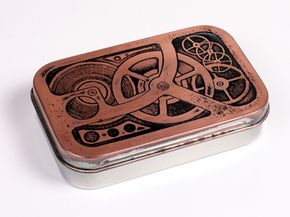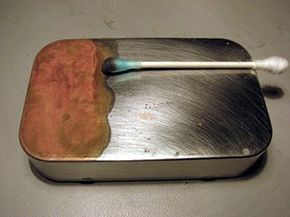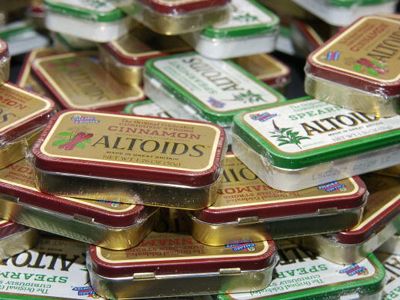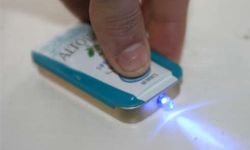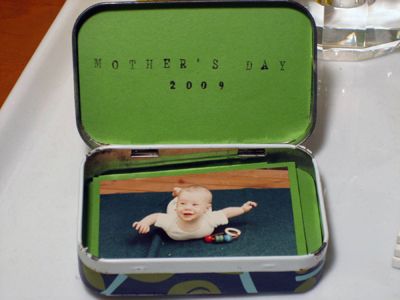You don't have to understand steampunk, or even know what it is, to appreciate the Altoids tins designs created by tinnovator Jake von Slatt. However, understanding the gleefully imaginative subculture that is steampunk makes von Slatt's creations all the more enjoyable.
Originally, steampunk was used as a term to describe a subgenre of speculative fiction originating in the 1970s and 1980s that surrounded fantastical Victorian-era technology. It follows the tradition of the inventions that sprung from the fertile imaginations of sci-fi authors Jules Verne and H.G. Wells. As the genre's fan base widened and grew more fervent, though, life began to imitate art as cultural relics from the steampunk's alternate reality began to spring from the page and into our world.
Advertisement
It's not difficult to identify a work of steampunk technology. Gears and steam engines -- the machinations of the Victorian Age -- are used both to decorate and power modern-day devices. Perhaps the most widely recognized contraption is the steampunk desktop computer. Designed by Jake von Slatt, the computer is outfitted with a keyboard and monitor that function like any you'd see today, but have a decidedly 19th-century look and feel. Arguably the most prolific steampunk relic creator, von Slatt has recently found his way to the world of tinnovation -- the art of using old Altoids tins in new ways.
His reason for foraying into the world of tinnovation is simple enough: "They are very convenient palettes for etching!" says von Slatt. "They were one of the first things I thought of using this technique on" [source: von Slatt].
By marrying his love of the fantastical alternate Victorian world with old Altoids tins, von Slatt has somehow created a sub-subculture known as steampunk tinnovation. This was not without some extensive experimentation: After some tinkering and trial and error, von Slatt has come up with a process of copper plating and saltwater etching that produces a handsomely engraved Altoids tin. Fortunately for us, the creator found that the simplest method for creating a copper-plated Altoids etching also produced the best tins. Learn how to make a steampunk Altoids tin on the next page.
Advertisement
